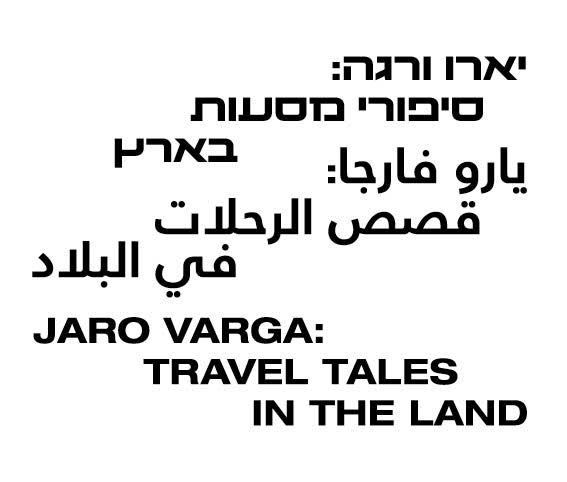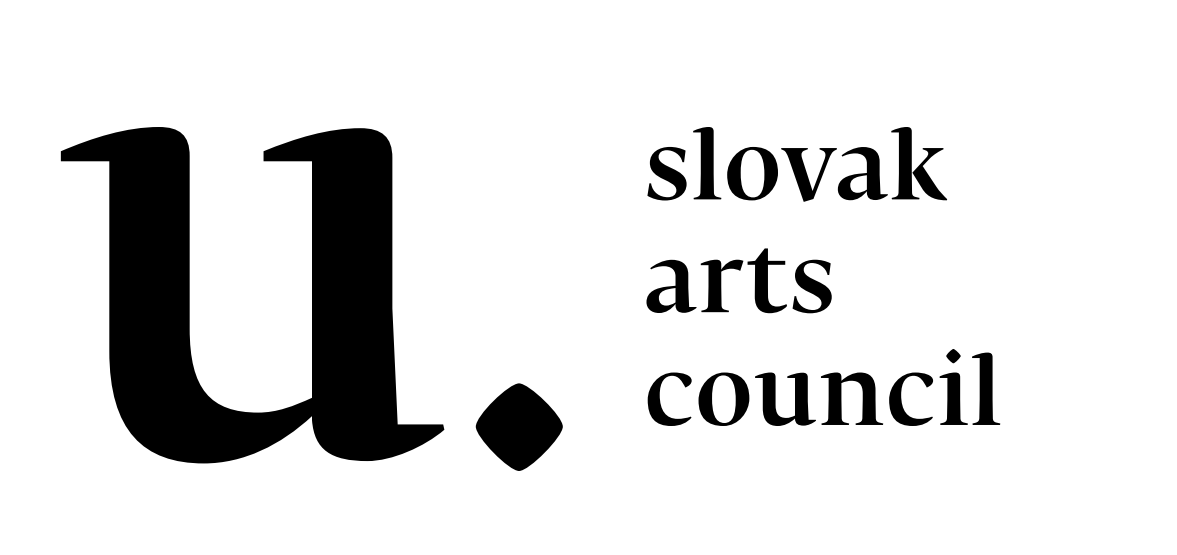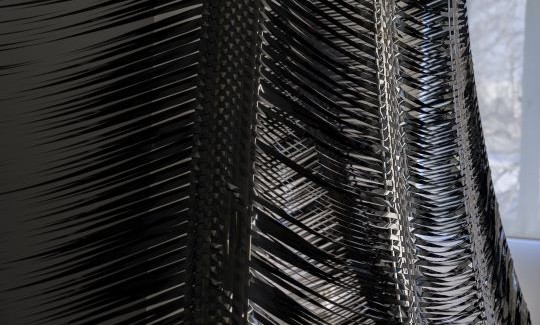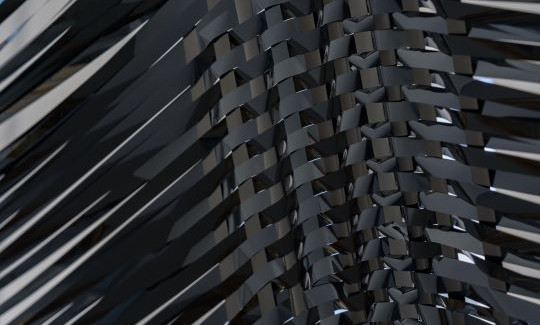
Artist Jaro Varga came from Prague to Haifa three times during the last year, visits which he spent tracing the footsteps of famous Germans and German culture in the city. A past visitor who attracted him in particular was author Karl May, who came to Haifa in 1899.
May was one of the most popular writers in the late 19th century and throughout the 20th century. His immensely successful series of books were translated into many European languages (as well as into Hebrew), sparking the imagination of generations of children, as did their film adaptations. May's adventures are always set in places far away from Germany, and their protagonists include Kara Ben Nemsi who traveled across North Africa and the Middle East, and Winnetou, chief of the Apaches. Although insisting that he witnessed these adventures first-hand, May—a master of disguise—traveled to Egypt and Palestine only in 1899, and visited the USA as late as 1908. He based his books and characters partly on academic knowledge and partly on stereotypical perceptions of the non-European "East," informed by German colonial aspirations.
More than 120 years later, another European—Jaro Varga—visits Haifa, revisiting his childhood book heroes, and contemplating the fantastical aspect embedded in the gaze at an unfamiliar place. May's books are covered by another layer of hand-drawn fantasy, and the films based on them are woven into an imaginary shape. Even Herzl comes to greet the German Kaiser Wilhelm II and Karl May, both mounted on unicorns. The drawing is based on a historical photograph documenting Herzl welcoming the Kaiser during his visit to Palestine in 1898, where only Herzl's left foot was captured. The drawing encapsulates the political and social complexities involved in the encounter with a foreign culture. Varga's intersections between different times, spaces, and cultures create a new imaginary place.
The exhibition was supported through public funding by the Slovak Arts Council and by the Slovak Institute in Jerusalem




